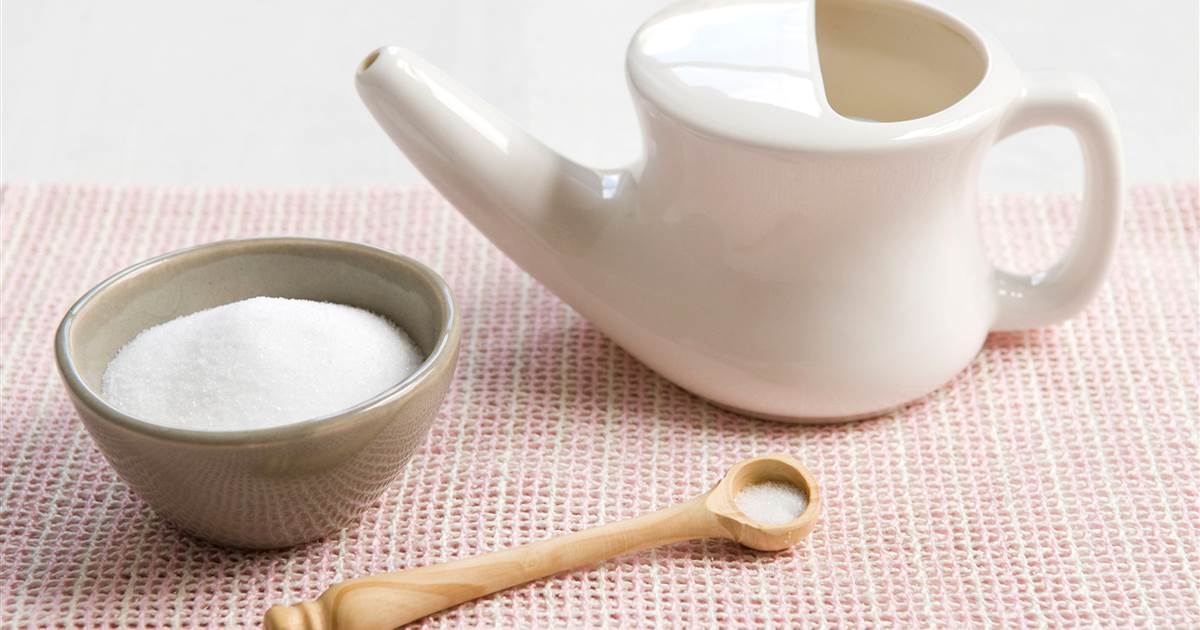Guide To Using A Neti Pot Correctly
A neti pot is a small teapot-shaped medical device used to wash mucus and other debris from an individual's sinuses and nasal cavities. The neti pot first originated in the ancient medical system of India commonly referred to as Ayurveda and is described as nasal irrigation. Western medicine adopted the use of the neti pot in the early 1900s. A neti pot is a non-invasive, medication-free, and inexpensive means of treating nasal symptoms in an affected individual. Neti pots are generally made out of materials such as ceramic, copper, stainless steel, or plastic. Most neti pots resemble the shape of a traditional teapot with a large, round body and long spout. Neti pots can be found in health food stores, online stores, and drug stores.
Get all the facts on using neti pots now.
Why They're Used
Individuals may use a neti pot for many different benefits it can provide when they are affected by certain conditions or symptoms. When an individual inhales pollution, allergens, and other irritating materials, their production of mucus in their nasal channels and sinuses can increase. This increased production of mucus sets a favorable precedent for further congestion and the development of an infection. When an individual uses a neti pot to rinse these irritants from the nasal channels before these processes can occur, they effectively avoid the symptoms associated with common colds, sinus infections, and other illnesses. A neti pot can help clear a patient's nostrils if they are having trouble breathing, reduce snoring, ease sinus headaches, reduce the need for decongestants and antibiotics, relieve facial pain, ease sinus pressure, reduce nasal dryness, and relieve allergy symptoms. Neti pots are used the most by patients affected by chronic rhinosinusitis, repeated viral upper respiratory infections, and seasonal allergic rhinitis.
Learn about how neti pots work next.
How Neti Pots Work

A neti pot works by serving as a method of clearing dirt, pollen, and other trapped debris from an individual's nasal passages. When performed correctly, the use of a neti pot will not burn or irritate an individual's extremely delicate and sensitive nasal membranes. Most neti pots come with a saline packet mixed with the water used with it. Generally, the saline solution is placed into the sterilized neti pot and is then poured into one nostril using a special technique. When this saline solution flows through one of the nasal channels, it flushes built-up debris and excess mucus out through the other nostril. This technique is repeated with the other nasal passage to cleanse that channel as well. The saline solution used in the neti pot is thought to promote the action of finger-like projections of the cells lining the nasal cavity referred to as cilia. The cilia in an individual's nasal cavities are responsible for moving mucus and other debris out of the nose.
Discover what kind of water to use with neti pots next.
